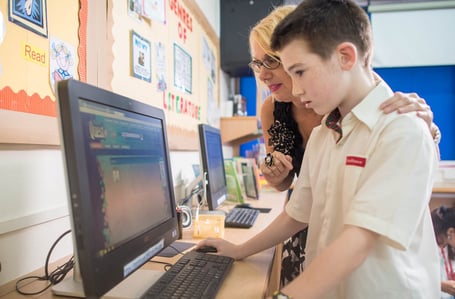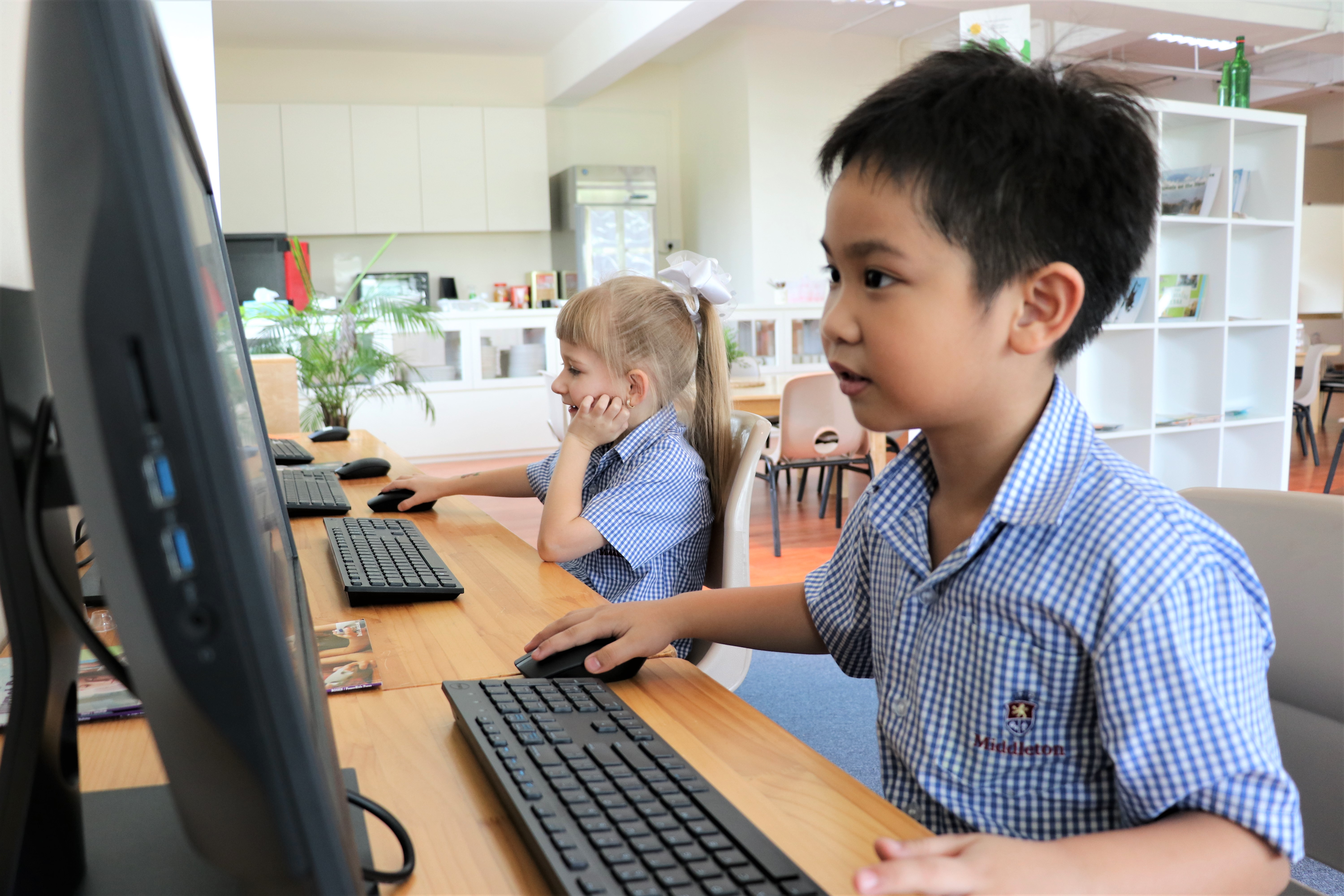-1.png)
EtonHouse Singapore
We live in a time where there is an unfathomable amount of information at our fingertips. It’s not just the amount of information and different number of sources that are growing at an alarming rate, but also the different formats of information. Information is no longer just text, but visual, musical, audio. Metaliteracy is critical to ensure that we do not drown in the sea of information.

Significance of metaliteracy
Metaliteracy is the ability to make sense of the vast amounts of information in the world of social and digital media. It emphasises how we process and reflect on information. This is particularly important in the advent of social media which has enabled viral sharing of fake news and misleading information.
Challenging assumptions
Students must learn to question and understand all sources of information. They examine the validity of information from multiple sources without any prejudice on different sources, e.g. information from a formal TV news source may be just as inaccurate as someone's Facebook post. Students also learn to consider if packaging or professional design is used to disguise misinformation.
By reflecting on the way we think about a news story, we move beyond our emotions to challenge our preconceptions and actively seek additional information so as to fact-check and do a critical assessment.

Becoming responsible digital citizens
Students must know how to contribute responsibly in digital and social spaces and recognise the ethical considerations and outcomes involved when sharing information and participating online. They need to understand that whether they are posting a tweet, blog, Facebook post or writing a response to others online, it is important to think carefully about what they are saying and to be fair and accurate.
Students also need to gain an understanding of personal privacy, and intellectual property issues in digital and social media.

